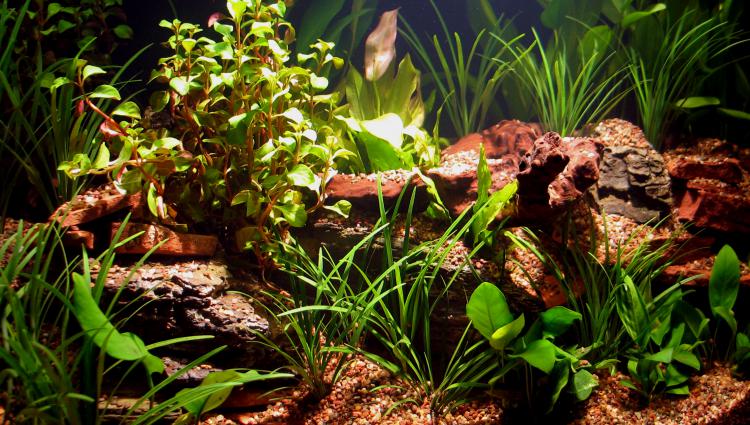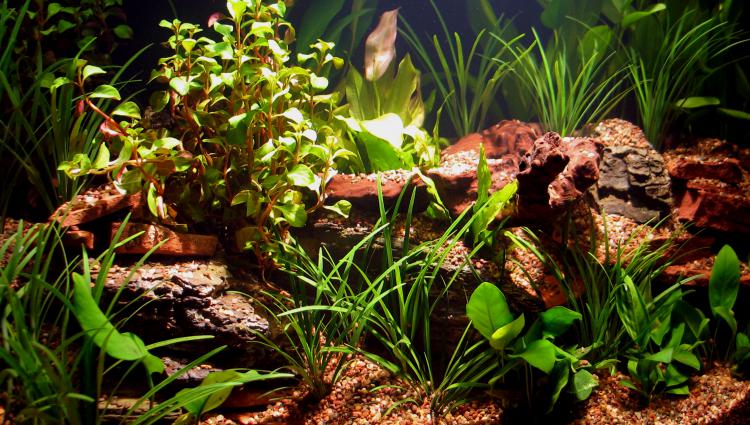
Floating aquarium plants add beauty and functionality to your aquatic setup. They offer shelter for fish, help maintain water quality, and reduce algae growth by blocking excess light. Here's a detailed guide to help you care for these versatile plants.
Choosing the Right Floating Plants
Start by selecting plants that suit your aquarium's size and the needs of your fish. Popular options include:
Duckweed: Tiny, fast-growing, and great for nutrient absorption.
Water Lettuce: Larger, with rosette leaves, ideal for larger tanks.
Frogbit: Medium-sized, with long roots that provide shelter for fish.
Salvinia: Small, easy to maintain, and excellent for shading the tank.
Setting Up
Preparation: Rinse new plants thoroughly to remove any hitchhikers like snails or algae. This step helps maintain the cleanliness of your tank.
Lighting: Floating plants generally need moderate to high light. Position your aquarium where it gets adequate light, or use an appropriate aquarium light to ensure healthy growth.
Placement: Gently place the plants on the water's surface, ensuring they have enough space to spread and grow.
Maintenance
Pruning: Regularly trim your floating plants to prevent them from overcrowding the tank. Overgrowth can block light from reaching other plants and affect water circulation.
Nutrient Balance: While floating plants absorb nutrients directly from the water, ensure your aquarium is not nutrient-deficient. Use liquid fertilizers if necessary, but be mindful of over-fertilizing.
Water Quality: Maintain optimal water parameters. Floating plants thrive in clean water with stable pH levels. Regular water changes help keep the environment healthy.
Troubleshooting Common Issues
Yellowing Leaves: This can indicate nutrient deficiency. Add appropriate fertilizers to address this.
Algae Growth: If algae start to take over, it might be due to excess nutrients or insufficient light for other plants. Adjust feeding routines and light exposure accordingly.
Wilting or Decay: Check for poor water quality or lack of light. Ensure your tank’s conditions meet the specific needs of your floating plants.
Benefits of Floating Plants
Shade and Shelter: These plants provide shaded areas, reducing stress for fish and giving fry and shy species places to hide.
Nutrient Absorption: They help maintain water quality by absorbing excess nutrients, which reduces the risk of algae blooms.
Oxygenation: Some floating plants contribute to oxygenation, promoting a healthier environment for your fish.
Floating plants are a beautiful and beneficial addition to any aquarium. By choosing the right plants, ensuring proper setup, and maintaining a balanced environment, you can enjoy the numerous advantages they bring to your aquatic ecosystem. Regular care and attention will keep your floating plants thriving and your aquarium vibrant.



.jpg?width=352&name=Betta%20Fish%20Live%20Plants%20ss%20(1).jpg)
Leave a Comment